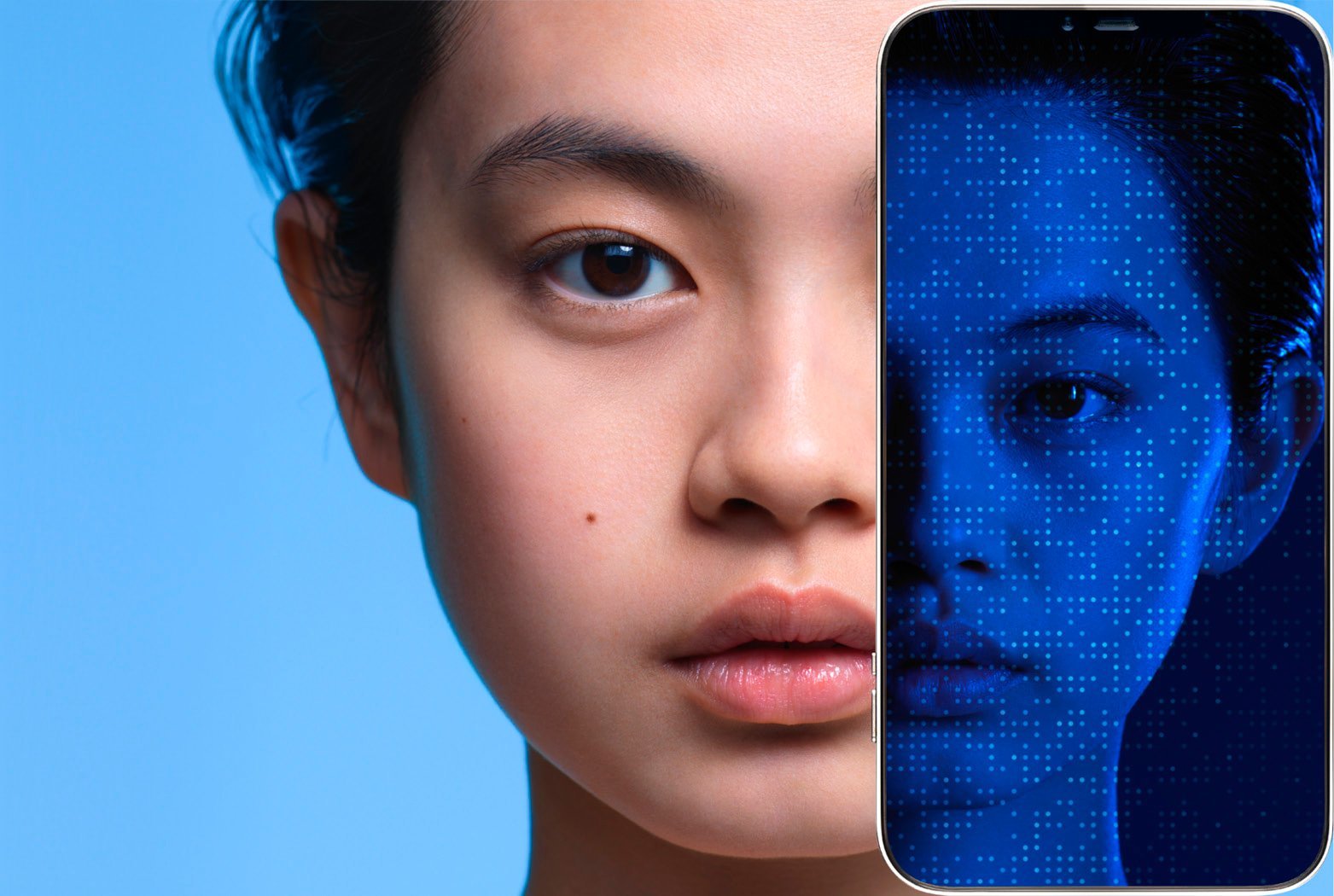HAND AND FOOT SYNDROM
Two kinds:
- A form involving redness and very painful swelling (burning, dysesthesia)
This may include blisters which cause peeling as they dry out. - A form with secondary hyperkeratosis (thickening of the skin), which appears yellowish, and secondary peeling of the skin with pain at pressure points.
Hygiene
- Gentle cleansing products that respect the skin’s natural pH balance, such as syndet(1)
- Regular foot hygiene (wash morning and night / gently pat dry)(2)
Skin care products
- Moisturizing cream with urea(1)
- Soothing skin care product for irritated and weakened skin.(1)
Trauma / protection
- Avoid any activities which may cause friction or put repeated pressure on the skin(3)
- Avoid standing for long periods of time and long walks(1)
- Wear comfortable shoes: open shoes without high heels with soles that cushion impacts, cotton or silk socks, etc.(1)
Heat / moisturising
- Refresh your hands and feet with ice packs or cold pads (e.g. damp towel) for 15 to 20 minutes(2)
- Keep your skin moisturized(2)
- Avoid heat(2)
XEROSIS, PRURITUS
- Dry skin with widespread peeling, often with itching
- Dull skin
Hygiene
- Gentle cleansing products that respect the skin’s natural pH balance, such as syndet(1)
- Bath oils(1)
- Take 33-35 °C showers instead of baths(2)
- Gently pat the skin dry, do not rub the skin(2)
- Apply skin care products immediately on damp skin(1)
Skin care products
Light texture moisturizers(1), may contain urea
Photo-protection
Anti-UVA/anti-UVB photo-protection At least SPF 50(1)
Clothing
- Wear cotton clothing(2)
- Do not wear wool (microfibers) or synthetic clothing (not breathable...)(2)
- Avoid irritants which cause itching (e.g. soaps, detergents, chemical products, abrasive fabrics, etc.)(1)
Heat
Avoid dressing too warmly because heat and sweating trigger pruritus(1)
PULPITIS, CREVICES
Hyperkeratosis with painful linear erosions which may be more or less deep
Hygiene
- Gentle cleansing products that respect the skin’s natural pH balance, such as syndet(1)
- Avoid contact with water if possible(2)
- Pat dry(1)
Skin care products
- Moisturizing creams(1)
- Soothing skin care product for irritated and weakened skin.(1)
- If there are cracks(1): Use a repairing emollient / balm with an occlusive dressing.
Clothing
- Gloves are recommended for indoor and outdoor work(1)
- Use an inner pair of gloves made of suitable fabric (e.g. silk)(1)
Photo-protection
Anti-UVA/anti-UVB photo-protection At least SPF 50(1)
Clothing
- Wear cotton clothing(2)
- Do not wear wool (microfibers) or synthetic clothing (not breathable...)(2)
- Avoid irritants which cause itching (e.g. soaps, detergents, chemical products, abrasive fabrics, etc.)(1)
Heat
Avoid dressing too warmly because heat and sweating trigger pruritus(1)
PARONYCHIA
- Painful inflammation of the periungual area (where the nail and skin meet at the base of the nail)
- A fleshy bump may sometimes form or a pseudo-botriomycoma at the side of the nail
- May lead to a bacterial infection by staphylococcus aureus or candida
Hygiene
- Gentle cleansing products that respect the skin’s natural pH balance, such as syndet(1)
- Always practice proper hand hygiene(2)
- Cut your nails properly: straight cut, not too short, avoiding any jagged edges (especially at the sides of the nails)(1)
- Use proper clippers and antiseptic products(1)
- Avoid invasive manicures and pedicures(2)
Skin care products
- Strengthening nail polish(1)
- Soothing skin care product for irritated and weakened skin.(1)
- Apply two coats of nail polish before chemotherapy:
1/ silicon base
2/ dark, non-pearly nail polish(1)
If you have asymptomatic paronychia: avoid invasive pedicures/manicures(1)
If you have moderate-to-severe symptomatic paronychia: Pedicures/manicures only under dermatological supervision(1)
MACULOPAPULAR RASH
Polymorphic erythematous, macular and/or papular rash interspersed with patches of healthy skin.
Progressive spread. Frequent pruritis.
Hygiene
- Gentle cleansing products that respect the skin’s natural pH balance, such as syndet(1)
- Nail care(2)
Skin care products
- Light texture moisturizers(1))
- Avoid products which may dry the skin out (e.g. alcohol-based products, soaps, etc.)(2)
FACIAL SWELLING
- Swelling caused by fluid retention in the dermis and in subcutaneous tissues, induced by chemotherapy
- May occur in the face, extremities and, occasionally, in the abdominal area
Hygiene
Gentle cleansing products that respect the skin’s natural pH balance, such as syndet(1)
Skin care products
Moisturizing cream(1)
Diet
Avoid salt(2)
Sources
(1) Livret pharmaciens – gérer les effets secondaires cutanés des thérapies anti-cancer. [Booklet for pharmacists –
managing the cutaneous side effects of cancer treatments.
(2) ESKIMO group round table: Bensadoun RJ, Dreno B, Humbert P, Krutmann J, Luger T, Rougier A, Triller R.
Updated in May 2016 by
Professor Brigitte Dréno
Director of the Department of Dermato Cancerology
Director of the Unit of Gene and Cell Therapy
Vice Dean for Research at the Faculty of Medicine Nantes France






